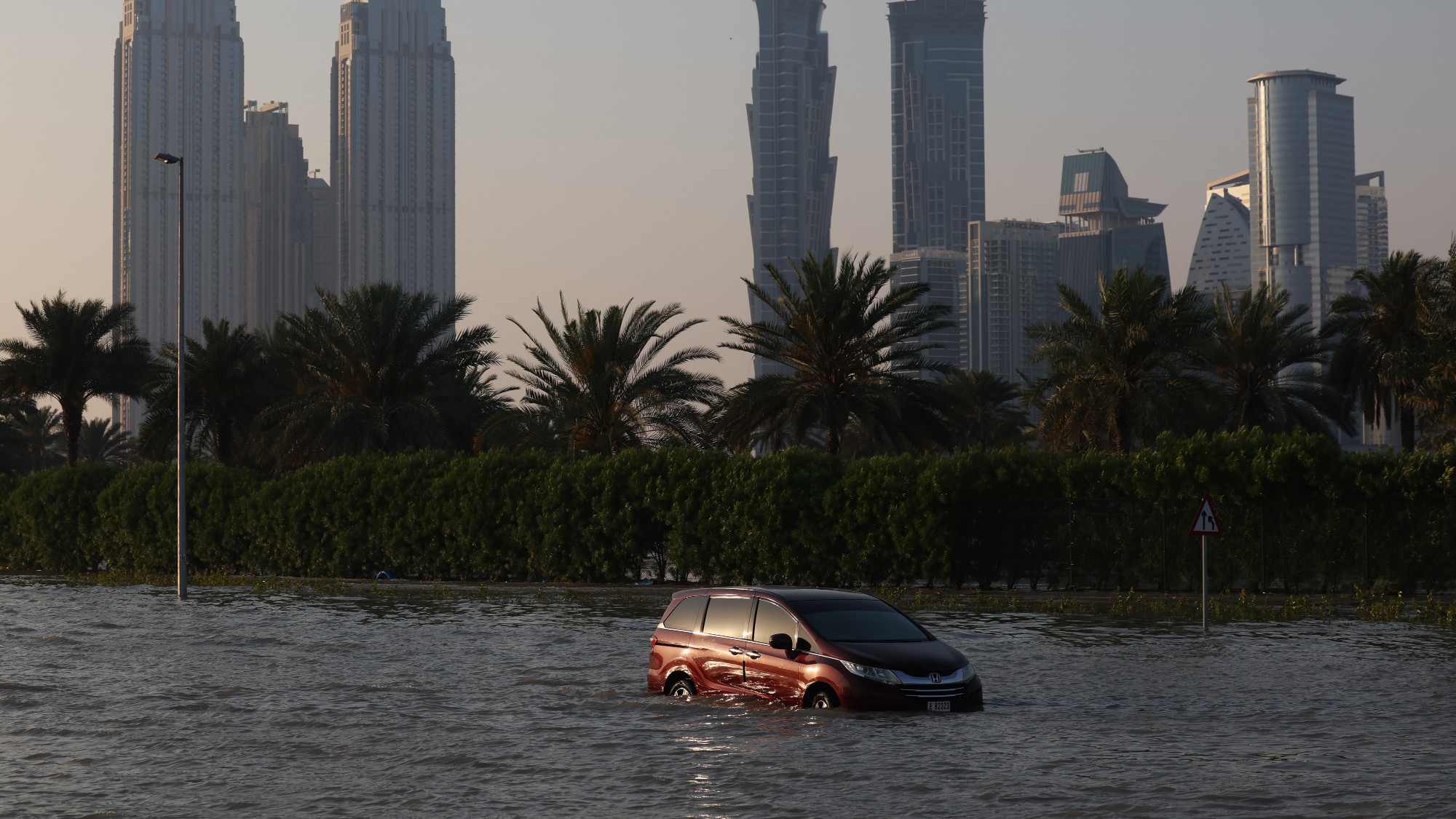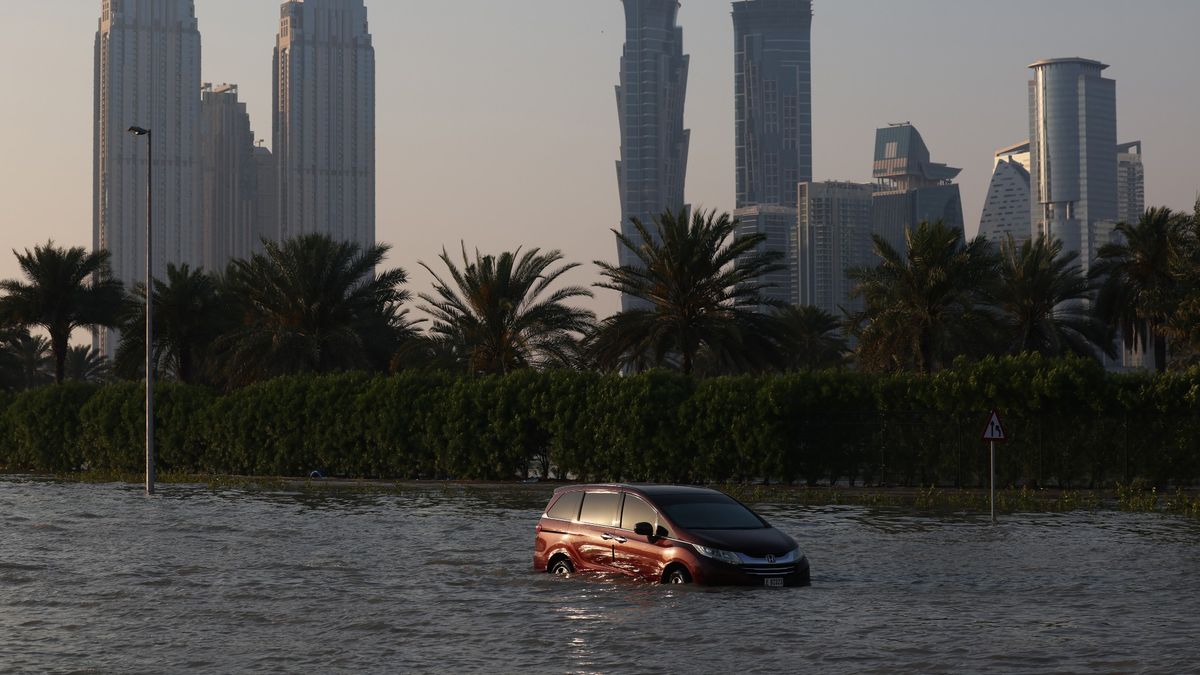The Persian Gulf was recently hit with a year’s worth of rain in the span of two days, causing extensive flooding. Some have speculated that the United Arab Emirates’ (UAE) attempt at cloud seeding, a method of manipulating clouds to produce more rain, is responsible for the torrential downpour. While scientists have said that geoengineering was not the cause this time, the extreme rain has raised concerns about the technique and whether natural processes like rainfall should be manipulated at all.
What is cloud seeding?
Cloud seeding is a “weather modification concept that attempts to draw more rain or snow out of a cloud than would occur naturally,” said CNN. “This can be done by using aircraft to drop small particles (like silver iodide) into clouds,” the BBC said. “Water vapor can then condense more easily and turn into rain.” The idea was conceived to increase rainfall in especially arid regions like deserts, and the UAE has used the technique for decades.
Cloud seeding is “generally deployed when conditions of wind, moisture and dust are insufficient to lead to rain,” said the BBC. It has been used in places all over the world, including the U.S. While some data has shown signs that cloud seeding could increase precipitation and snowpack, there has not been enough research done to determine how effective the method truly is. In fact, it may actually make some regions drier. “It is possible that you’re actually stealing water from someone else when you do (cloud seeding), because it may be, at least on a regional basis, a zero-sum game where if water falls out of the cloud in one spot, it’s even drier by the time it makes it downwind to the next watershed,” Daniel Swain, a climate scientist at UCLA, said to CNN.
Subscribe to The Week
Escape your echo chamber. Get the facts behind the news, plus analysis from multiple perspectives.
SUBSCRIBE & SAVE
Sign up for The Week’s Free Newsletters
From our morning news briefing to a weekly Good News Newsletter, get the best of The Week delivered directly to your inbox.
From our morning news briefing to a weekly Good News Newsletter, get the best of The Week delivered directly to your inbox.
Can it cause severe flooding?
Scientists do not attribute Dubai’s extensive flooding and rainfall to cloud seeding, especially because of the lack of controlled studies to test. “Even if cloud seeding did occur, it would take sophisticated research to determine whether it increased the rainfall — something that has proved difficult in past scientific inquiry,” said The Washington Post. “How do you know how much precipitation that might actually end up falling from that cloud occurred due to the seeding? Or how much would have fallen without the seeding?” Swain said. “This isn’t a setting where you can do a truly controlled experiment.”
Instead, experts attribute the rainfall to a “large, slow-moving storm that traversed the Arabian Peninsula and tracked into the Gulf of Oman over the course of multiple days,” CNN said. “When such intense and large scale systems are forecasted, cloud seeding — which is a costly process — is not performed because [there is] no need to seed such strong systems of regional scale,” Diana Francis, the head of the environmental and geophysical sciences at Khalifa University in Abu Dhabi, said to the BBC. Also, while cloud seeding could potentially increase precipitation, “the atmosphere would have likely been carrying more water to form clouds in the first place, because of climate change,” Friederike Otto, a climate scientist at Imperial College London, said to the Post.
Increasingly severe storms will become the norm as climate change continues to worsen. “There need to be strategies and adaptation measures to [adapt to] this new reality [of more frequent and intense rainfall],” said Francis. “For example, the infrastructure of roads and facilities need to be adapted, building reservoirs to store water from spring rain and use it later in the year.”


